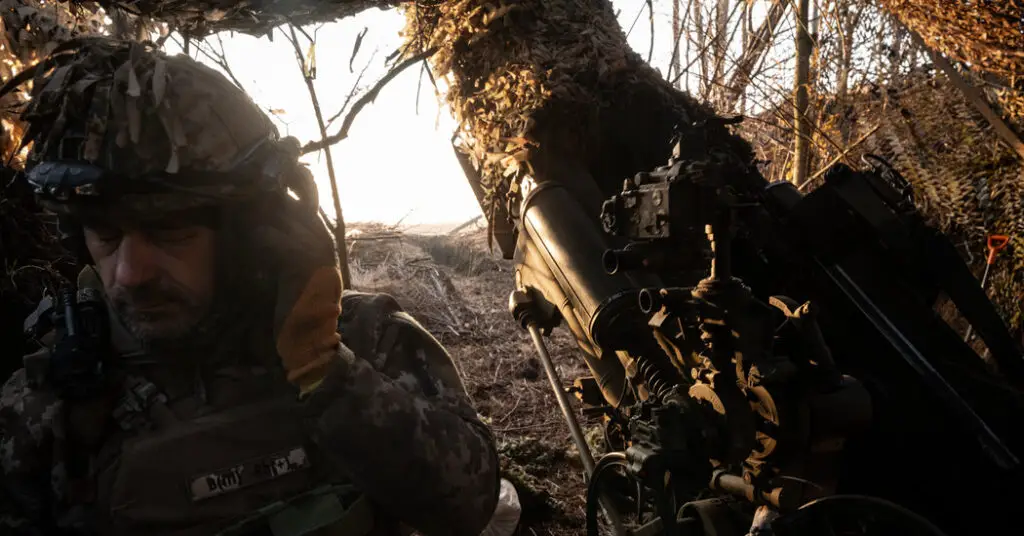Google Campus Revolt Leads to Military AI Project Maven Testing in Ukraine
Six years ago, Google signed a $9 million contract to develop an artificial intelligence tool for the military to detect targets on the battlefield using drone footage. However, a full-scale revolt among engineers and employees at Google led to the company backing out of Project Maven, which was then taken over by other contractors and evolved into a significant experiment now being tested in Ukraine.
Challenges and Progress in Ukraine
The use of Project Maven technology in Ukraine has provided generals and commanders with new capabilities to predict movements and potential attacks by Russian forces. However, integrating 21st-century data into traditional trench warfare has proven challenging. Despite significant aid from Congress, including ammunition and artillery, the effectiveness of new technology in changing the course of the conflict remains uncertain.
Technological Innovations and Adaptations
The conflict in Ukraine has served as a testing ground for advanced military technologies, prompting exploration of new strategies to exploit Russian vulnerabilities. The collaboration between American, British, and Ukrainian officers, alongside top military contractors, highlights the ongoing efforts to leverage technology for strategic advantage.
Lessons Learned and Evolving Strategies
As Russia adapts swiftly to new technologies, including electronic warfare capabilities, the Pentagon and NATO are conducting “lessons learned” studies to prepare for potential direct combat with Russian forces. The intersection of cutting-edge technology and traditional warfare has yielded unexpected challenges and outcomes, reshaping strategic thinking and operational tactics.
The Role of ‘The Pit’
Deep within a European American military base lies an intelligence-gathering center known as “The Pit,” where efforts are focused on utilizing new technology to target Russian forces. While the technology originated from Project Maven, its application in Ukraine involves a modified version to provide real-time battlefield insights without relying on sensitive American intelligence.
Prospects and Challenges for Drones in Modern Warfare
The development of drones in Ukraine symbolizes the complexities of modern warfare, where innovative tactics are essential for survival. However, sustaining drone fleets amidst supply chain constraints and adaptive adversaries poses significant challenges. Eric Schmidt’s initiative to fund autonomous drone swarms reflects a shift towards more cost-effective and adaptable warfare strategies.
In conclusion, Ukraine’s battlefield has become a testing ground for cutting-edge military technologies, highlighting the fusion of traditional tactics with modern innovations. The ongoing evolution of warfare underscores the importance of adaptability and strategic foresight in confronting new threats and challenges.

